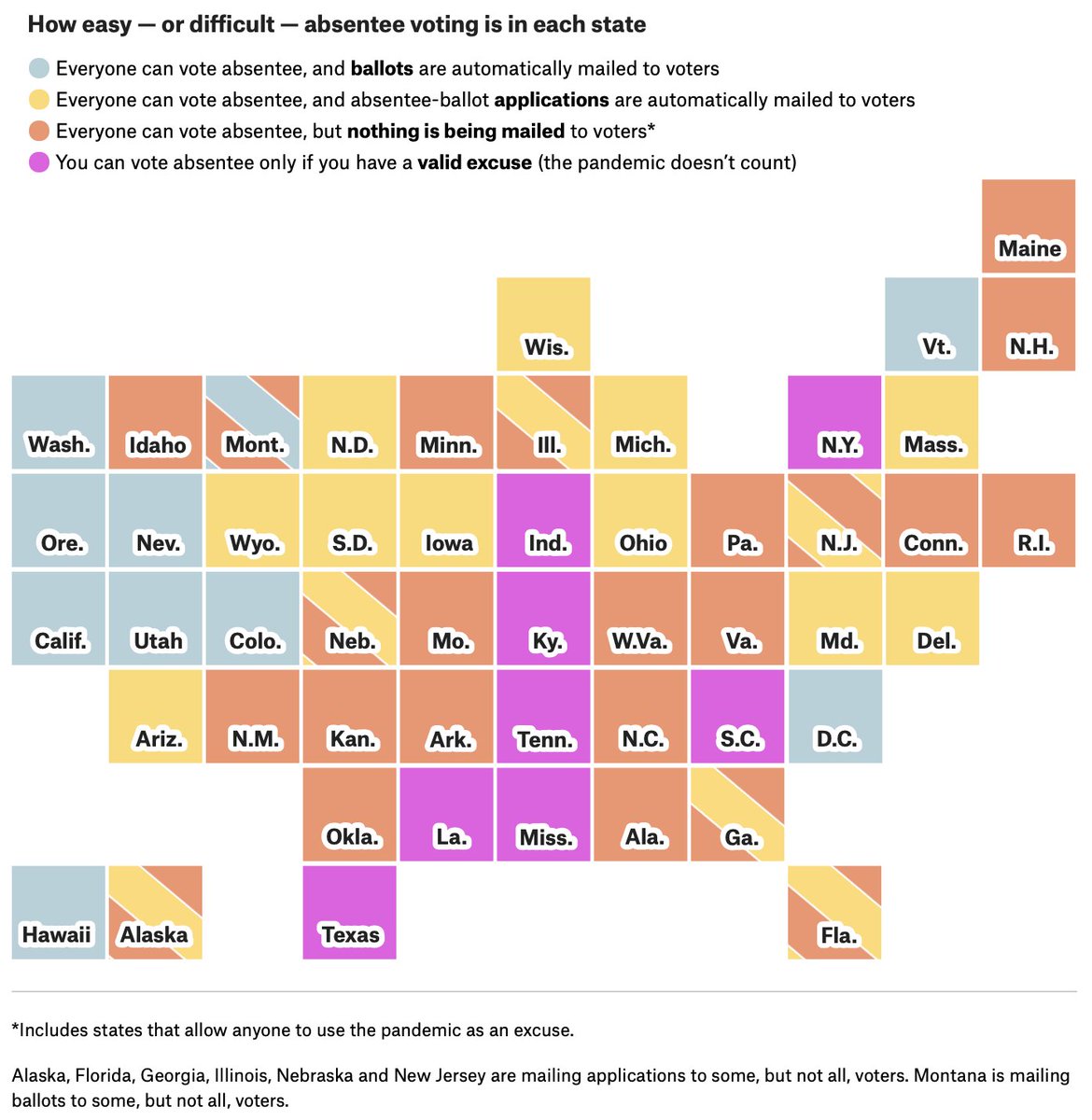
Sure looks like white voters took advantage of approval voting in yesterday's #STLmayor election more than Black ones. cc @jrosenbaum docs.google.com/spreadsheets/d…
White wards in SW St. Louis, like 16, 24, 23, and 10 cast the most votes per ballot (as many as 1.79).
Black wards on the north side, like 1, 27, 21, and 4, cast the fewest (1.34 votes per ballot or lower).
Black wards on the north side, like 1, 27, 21, and 4, cast the fewest (1.34 votes per ballot or lower).
Cara Spencer, the white progressive alderwoman, won a spot in the runoff by doing well in white wards, both conservative working-class ones and liberal gentrifying ones. She got very little support on the Black north side. docs.google.com/spreadsheets/d…
Tishaura Jones, the Black progressive city treasurer, got the most votes by being the one choice of most Black north siders but also sharing support with Spencer in mixed, liberal wards like 8 and 15. docs.google.com/spreadsheets/d…
Lewis Reed, the moderate Black aldermanic president, did consistently OK, finishing second both on the Black north side and in the conservative, white SW. (He was so consistent, in fact, that he got between 445-465 votes in 8 of the 28 wards!) docs.google.com/spreadsheets/d…
The strongest correlation between candidates was a negative one: Tishaura Jones did worse as Andrew Jones, the race's lone Republican, did better. docs.google.com/spreadsheets/d… 

There was also a negative correlation between T. Jones and Spencer, but it overshadows the wards where they both did well. This scatter really shows the Black wards on the left, the gentrified wards in the upper right, & the WWC wards in the lower right. 

• • •
Missing some Tweet in this thread? You can try to
force a refresh





